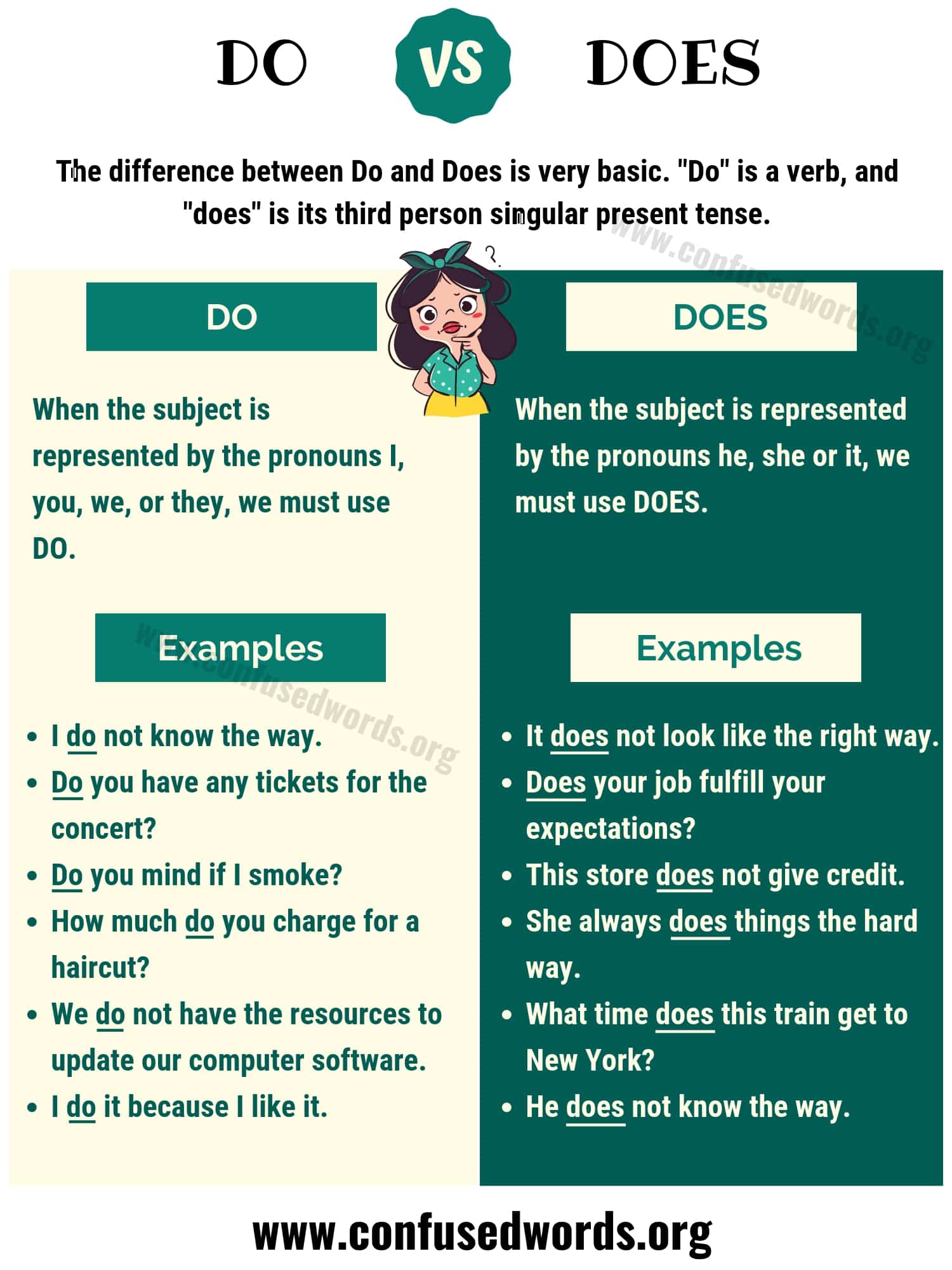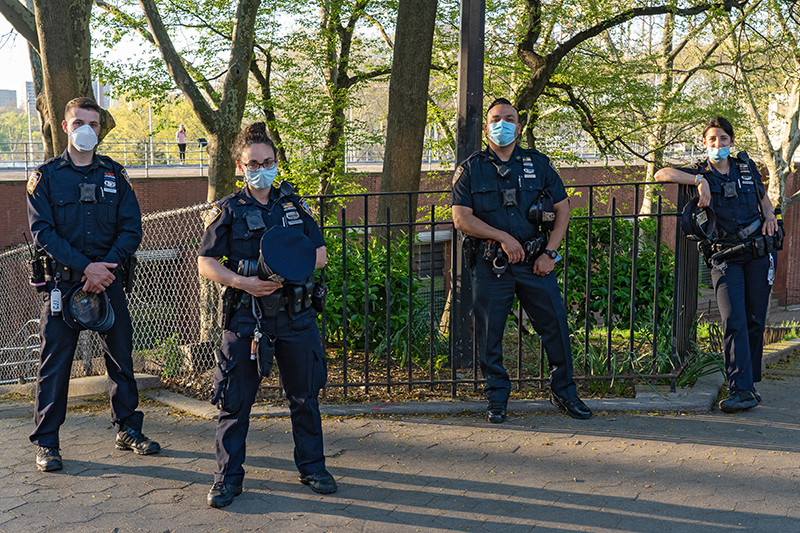The Critical Consequences of Poor Team Communication in Healthcare-and How to Address Them
Introduction: The Vital Role of Communication in Healthcare
In healthcare settings, the quality of communication among teams is more than a matter of efficiency-it’s a matter of patient safety, organizational stability, and life itself. When communication falters, the consequences can be severe, ranging from patient harm to wasted resources and soaring costs. This article explores the specific risks posed by poor team communication in healthcare, real-world examples of its impact, and practical steps organizations can take to foster safer, more effective collaboration.

Source: logos-world.net
Patient Safety Incidents and Medical Errors
Poor communication is one of the most significant contributors to patient safety incidents in healthcare facilities worldwide. A systematic review of 46 studies found that communication breakdowns among healthcare professionals contributed to 24% of all patient safety incidents and were the sole identified cause in 10% of cases [1] . These incidents can include medication errors, misdiagnoses, delayed or incorrect treatments, and even wrong-site surgeries.
For example, when critical patient information is not properly relayed during shift changes, the risk of medical mistakes increases dramatically. The Joint Commission reported that 80% of serious medical errors could be traced to miscommunication during patient handovers [2] . In high-stakes environments like emergency departments or surgical suites, a single missed detail can mean the difference between a positive outcome and a tragic loss.
Actionable guidance:
To reduce these risks, healthcare organizations should implement standardized handoff protocols, such as SBAR (Situation, Background, Assessment, Recommendation), and regularly train staff on effective communication techniques. Regular audits and feedback sessions can help reinforce best practices.
Negative Impact on Patient Outcomes
The consequences of poor communication extend beyond isolated incidents. According to the UK health ombudsman, ineffective communication is cited as a cause of up to 48,000 avoidable sepsis deaths each year in the UK alone [3] . Patients may receive the wrong medication, experience unnecessary delays in treatment, or undergo incorrect procedures when communication fails.
Additionally, communication breakdowns can erode patient trust, leading to confusion, anxiety, and reduced adherence to treatment plans. When practitioners do not adequately explain medical procedures or results, patients are less likely to follow through with recommendations, which can worsen health outcomes [3] .
Step-by-step guidance:
To improve patient outcomes, train staff to communicate clearly with both colleagues and patients, ensuring all instructions, diagnoses, and care plans are fully understood and documented. Use teach-back methods to confirm patient understanding and encourage patients to ask questions.
Staff Burnout and Employee Disengagement
Poor internal communication doesn’t just affect patients-it also takes a toll on healthcare workers. Disengaged employees are often the first sign of communication breakdown, with Gallup research showing only 33% of U.S. workers engaged in 2023. In healthcare, one in three workers is not engaged [4] . Disengagement can lead to staff performing the bare minimum, which further reduces care quality.
Burnout is also a major risk. Over half of all healthcare workers report feeling burned out. When staff feel unsupported due to poor communication, stress levels rise, absenteeism increases, and the likelihood of errors grows. Burned-out staff are more likely to overlook important details or fail to speak up about safety concerns.
Actionable solutions:
Foster open communication by creating regular opportunities for feedback and discussion. Leaders should model transparency and responsiveness, acknowledging challenges and collaborating on solutions. Consider implementing anonymous reporting channels for staff to raise concerns safely.
Increased Financial and Legal Risks
The financial cost of poor communication in healthcare is substantial. One review of malpractice lawsuits found that communication failures accounted for more than 7,000 lawsuits, leading to $1.7 billion in malpractice costs and nearly 2,000 preventable deaths [2] . Malpractice claims featuring a communication failure averaged $237,000 per claim [5] .
Unnecessary tests, duplicated procedures, and prolonged hospital stays due to misunderstandings or lost information also drive up costs. Delays in care can lead to longer recovery times and higher readmission rates, further straining healthcare resources.

Source: nl.wikipedia.org
Practical steps:
Conduct regular training on documentation and error reporting. Invest in secure, user-friendly communication technology that ensures important information is accessible to all relevant staff. Establish a culture of accountability, where errors are addressed constructively and used as learning opportunities.
Wasted Resources and Operational Inefficiency
Beyond direct patient care, poor communication disrupts daily operations. Misunderstandings about equipment transfers, patient room assignments, or scheduling can result in costly delays or underutilized resources [5] .
For example, if a surgical team is not informed about a change in patient status, a scheduled operation may be postponed, resulting in wasted operating room time and increased patient risk. Inefficiencies of this kind can add up quickly, affecting the entire organization’s ability to deliver timely, high-quality care.
How to improve:
Establish clear, accessible protocols for daily communications. Use centralized electronic systems for scheduling and task management. Ensure all team members are trained in using these systems, and regularly review processes for bottlenecks or recurring issues.
How to Access Communication Improvement Resources
Many resources are available to help healthcare organizations and teams address communication challenges:
- For guidance on evidence-based communication training, search for “TeamSTEPPS” through the U.S. Agency for Healthcare Research and Quality (AHRQ) website. TeamSTEPPS is a widely adopted, research-backed program for improving team communication in healthcare settings.
- To implement standardized handoff tools like SBAR, consult your organization’s quality improvement or patient safety department for training materials and support.
- If you are seeking professional development, consider enrolling in workshops or online courses on healthcare communication offered by recognized institutions such as the Institute for Healthcare Improvement (IHI). Search for “IHI communication improvement” for course listings and resources.
- Organizations can also work with external consultants specializing in healthcare communication strategies. To find reputable consultants, review accreditation bodies such as The Joint Commission or professional associations like the American Hospital Association for recommendations.
If you are a healthcare worker experiencing communication barriers in your workplace, you can:
- Raise concerns through your organization’s official reporting channels or staff forums.
- Request additional training or support from your supervisor or human resources department.
- Collaborate with colleagues to develop and propose new communication protocols or tools.
Patients who feel their care is affected by poor communication should:
- Address concerns directly with their care team or request a patient advocate.
- Contact the hospital’s patient relations department for assistance if needed.
- Seek out information from official healthcare accreditation or consumer advocacy organizations for further guidance.
Key Takeaways
Poor team communication in healthcare can result in preventable patient harm, staff burnout, wasted resources, and significant financial costs. However, these outcomes are not inevitable. By adopting structured communication protocols, investing in training, and fostering a culture of transparency, organizations can dramatically reduce risks and improve both patient and staff outcomes.
For further resources, consult your organization’s quality improvement office, professional associations, or official healthcare improvement agencies. Always verify the source and credibility of any communication improvement program before adoption.
References
- [1] Respiratory Therapy (2025). Poor Communication Causes 10% of Patient Safety Incidents.
- [2] HIPAA Journal (2025). Effects of Poor Communication in Healthcare.
- [3] PMC (2024). How does communication affect patient safety? Protocol for a systematic review.
- [4] Cerkl (2025). How Poor Communication Harms Healthcare Employee Engagement.
- [5] TigerConnect (2024). Healthcare Communication Disconnects Affect Patient Outcomes.
MORE FROM 9scholarships.de













